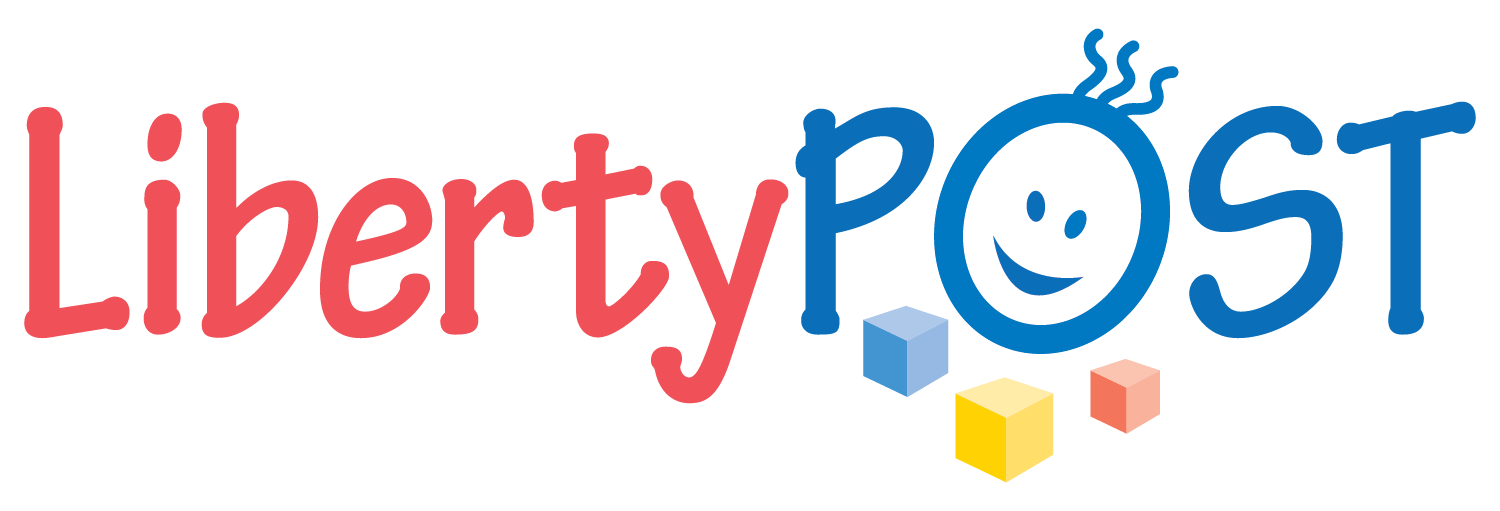Americans with Disabilities Act (ADA): A public law that prohibits discrimination of people with disabilities, ensuring equal opportunity, public accommodations, transportation and establishment of telephone relay services.
Applied Behavioral Analysis (ABA): A structured approach that involves a technique called discrete trial training. Skills, or lessons, are broken down into small, measurable tasks.
Auditory Processing: Interpreting auditory information, or what the brain does with what we hear, including: the ability to pay attention to the spoken word (to pick out a person’s voice from background noise), the ability to hear differences in sounds (“pat” vs. “pack”), and the ability to remember and comprehend what is heard.
Bayley Scales of Infant Development-III (BSID-III): A global developmental assessment tool used for children, birth to 3 years old.
CELF Preschool 2 (CELF-P 2): Assessment tools used to evaluate receptive and expressive language.
Cognition: The mental process of understanding, which includes awareness, perception, reasoning and judgment.
Committee on Preschool Special Education (CPSE): A committee that exists in each school district to monitor the progress of children between the ages of 3 and 5 who are in need of special services. When the child turns 3, he or she will “transition” to CPSE.
Committee on Special Education (CSE): A subcommittee under the Department of Education, responsible for students with special needs, health-related programs, school-based clinics, student rights and discipline.
Developmental Assessment of Young Children (DAYC): A tool used to evaluate cognitive, social-emotional, adaptive and physical development.
Developmental Level: Observing how children achieve particular developmental milestones, particularly those related to the ability to stay engaged, express mutual pleasure and attention, engage in problem solving and symbolic play, and link ideas.
Developmental Pediatrician: A pediatrician who specializes in atypical behaviors/ patterns in children.
Developmental, Individual-Difference, Relationship-Based (DIR®/Floortime™): A model of addressing developmental challenges by engaging and respecting children to help them communicate through gestures, words and pretend play. DIR®/Floortime™ helps to support emotional and social development. It is often referred to as “Floortime.”
Differential Abilities Scale-2 (DAS-2): This scale is an assessment tool used by the psychologist during a preschool evaluation.
Differentiated Instruction: Learning options designed to tap into different readiness levels, interests and learning profiles.
Dunn Sensory Profile: A questionnaire which measures children’s responses to sensory events in everyday life.
Expressive Language: The skills needed to verbally and non-verbally communicate one’s thoughts, feelings, desires and needs to others.
Fine Motor Skills: Using hands to manipulate small items, such as pencils or scissors.
Goldman Fristoe Test of Articulation-2 (GFTA-2): Assessment tools that evaluate speech sound production skills.
Gross Motor Skills: Using the whole body to execute large muscle movements, such as running, jumping or climbing.
Hawaii Early Learning Profile Checklist (HELP): A curriculum based assessment that identifies needs, tracks growth and development and determines “next steps”.
Inclusion Method: A teaching theory that encourages the education of students with disabilities alongside their peers in a regular classroom setting.
Individualized Education Plan (IEP): A document outlining special education and related services required for a child with special needs including present level of performance, objectives, goals and progress per marking period.
Individualized Family Service Plan (IFSP): A six-month plan that includes outcomes and strategies to help meet a child’s and family’s individual needs.
Individuals with Disabilities Education Act (IDEA): Requires schools to guarantee that all children (birth to 21 years) receive a free and appropriate public education in the least restrictive environment.
Infant-Toddler Developmental Assessment (IDA): A tool used to screen the areas of development that are not being formally assessed (i.e., gross motor, fine motor, adaptive).
Least Restrictive Environment (LRE): An educational setting allowing for student participation in regular education classroom while meeting special needs.
Motor Planning and Sequencing: The ability to formulate the idea of an action, organize it, then execute it.
NYS Clinical Clues: Clues that are adapted from the NYS Early Intervention Clinical Practice Guidelines that may assist in determining eligibility for early intervention services.
Occupational Therapist (OT): This team member looks at small muscle movement (fine motor skills) and body awareness (sensory integration). Minimum qualifications include a bachelor’s degree and state license.
Peabody-2 (PDMS-2): Assesses qualitative and quantitative aspects of gross and fine motor development.
Percentile Rank: An indication of where a child scores on a test in relation to other children his/her age.
Physical Therapist (PT): This team member looks at large muscle movement (gross motor skills), muscle tone, strength and coordination. Minimum qualifications include a bachelor’s degree and state license.
Preschool & Kindergarten Behavior Scales-(PKBS-2): A standardized behavior rating scale designed for use in evaluating social skills and problem behaviors.
Preschool Language Scale-5 (PLS): Assessment tools used to evaluate receptive and expressive language.
Proprioceptive Sense: Sense of body awareness created by interpreting information from the muscles and joints.
Psychologist: This team member completes a social history and formally assesses cognitive skills. The psychologist may also assess adaptive and social-emotional skills. This person may represent the team at the CPSE meeting. Liberty POST psychologists are certified school psychologists or licensed clinical psychologists.
Receptive Language: The skills needed to under-stand the thoughts, feelings and needs of others, such as the ability to interpret verbal and nonverbal information.
Receptive-Expressive Emergent Language Test-3 (REEL-3): A standardized questionnaire that utilizes caregiver-provided information to estimate a child’s receptive and expressive language skills.
Related Services: A variety of therapeutic services designed to assist a student’s special education program. It includes: counseling, hearing, occupational therapy, physical therapy, speech-language pathology, transportation, vision and vocational services."
Sensory Defensiveness: The body’s inability to accurately process information from the environment, caused by over sensitivity of one or more of the senses."
Sensory Integration: The neurological ability to process and organize the information gathered through our senses. Solid sensory integration means that all senses work well together at the appropriate developmental level.
Sensory Modulation: A foundation for more complex learning, it allows us to “make sense of the physical world” and understand the “place of self” within that world.
Sensory Processing: The senses work together to form composite pictures of who we are physically, where we are, and what is going on around us.
Special Education Teacher Support Services (SETSS): A program designed to make adjustments to the school environment, modifications in curricula and adaptations in teaching in order for gifted or disabled students to receive an appropriate education.
Special Education Teacher: This team member acts as a generalist during the evaluation, specifically looking at school readiness skills, adaptive and social emotional skills. The teacher may also screen fine and gross motor development. Minimum qualifications include a bachelor’s degree and a special education certification. They must also earn a master’s degree within five years of graduating with a bachelor’s degree.
Special Instruction Teacher: This team member acts as a generalist during the evaluation, specifically looking at cognition. Minimum qualifications include a bachelor’s degree and a special education certification. They must also earn a master’s degree within five years of graduating with a bachelor’s degree.
Speech-Language Pathologist (SLP): This team member looks at the understanding and use of language, the ability to produce speech sounds, and feeding and swallowing skills. Minimum qualifications include a master’s degree and state license. Many providers also possess a Certificate of Clinical Competence (CCC) from the American Speech-Language-Hearing Association (ASHA).
Standard Score: A score based on a child’s overall performance taking into account the child’s age.
Vestibular Sense: The “movement sense,” which involves balance, position and muscle tone.
Visual Processing: Accurately interpreting visual information and using the information to make decisions. For example, accurately judging distance when throwing a ball to a friend.

